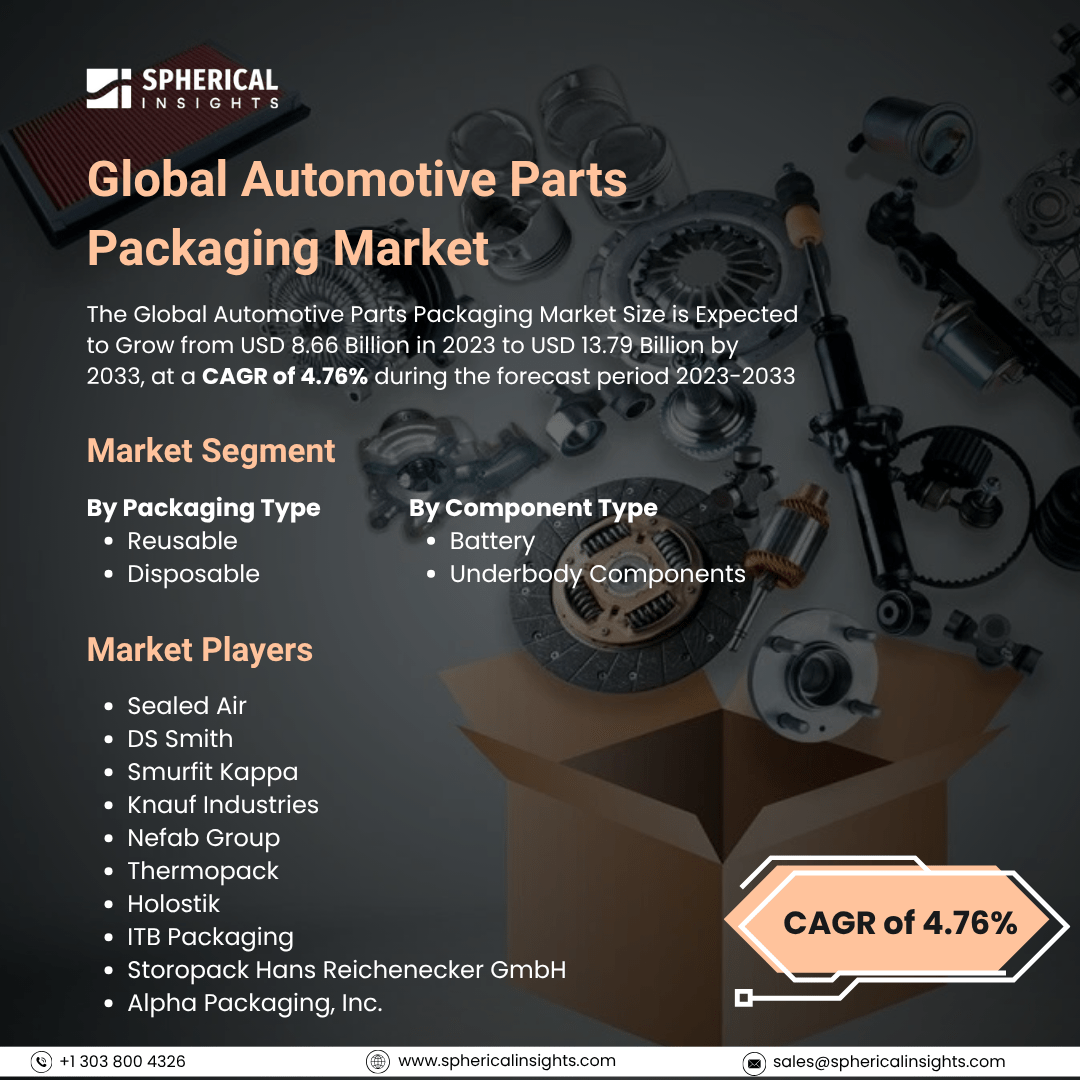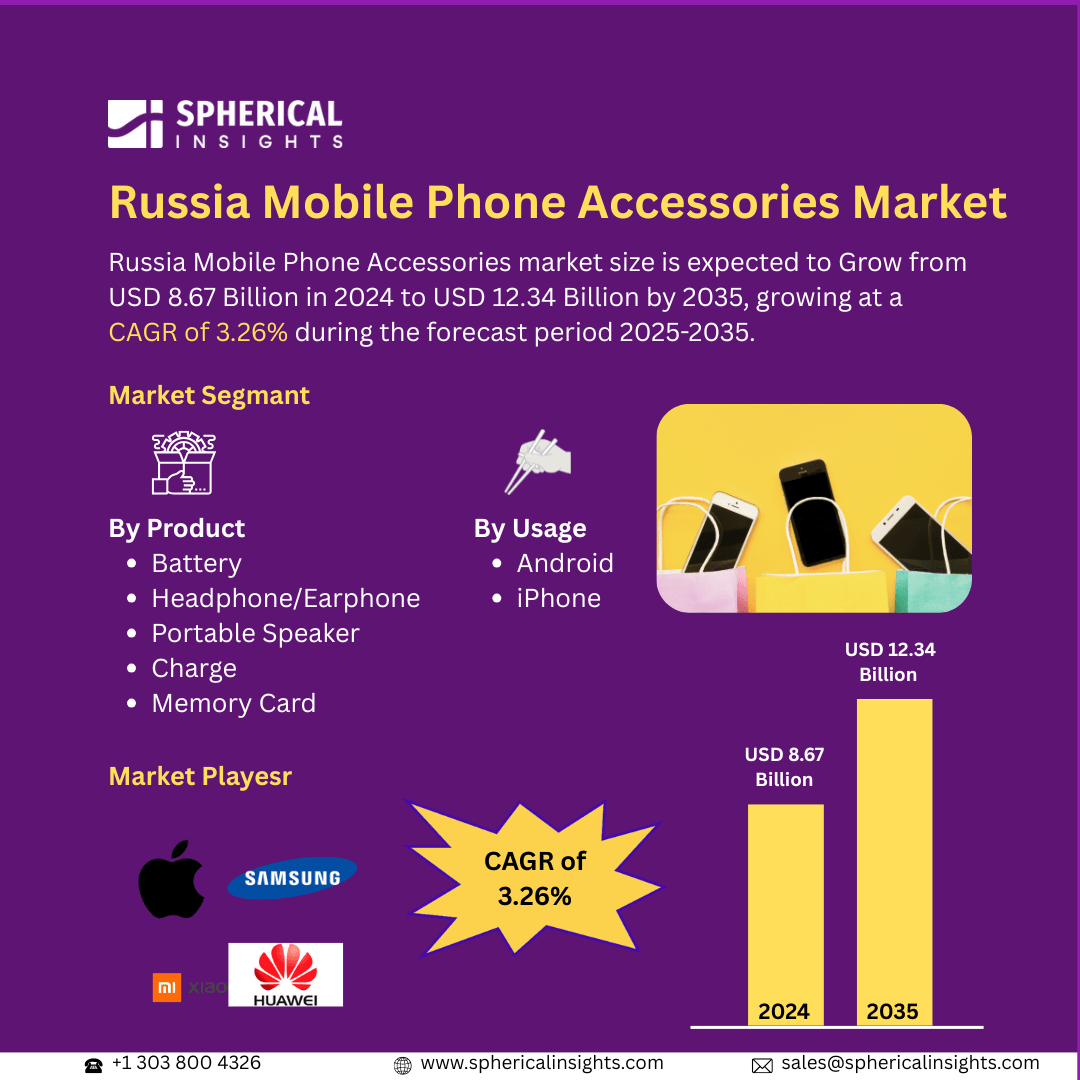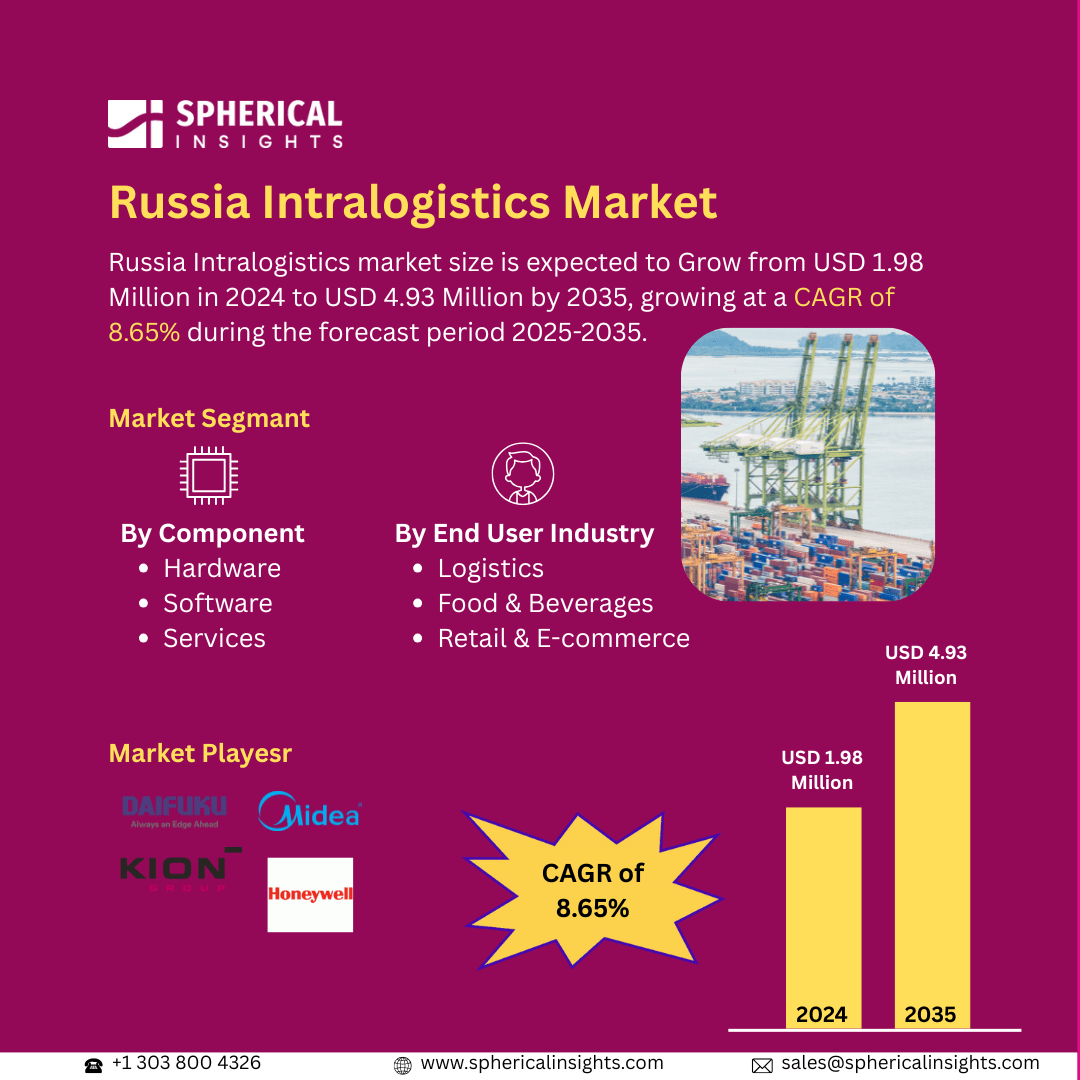Global Automotive Parts Packaging Market Size To Exceed USD 13.79 Billion By 2033
According to a research report published by Spherical Insights & Consulting, The Global Automotive Parts Packaging Market Size is Expected to Grow from USD 8.66 Billion in 2023 to USD 13.79 Billion by 2033, at a CAGR of 4.76% during the forecast period 2023-2033.
Browse 210 Market Data Tables And 45 Figures Spread Through 190 Pages and In-Depth TOC On the Global Automotive Parts Packaging Market Size, Share, and COVID-19 Impact Analysis, By Packaging Type (Reusable and Disposable), By Component Type (Battery and Underbody Components), and By Region (North America, Europe, Asia-Pacific, Latin America, Middle East, and Africa), Analysis and Forecast 2023 - 2033.
The design, manufacture, and distribution of packaging materials for the delivery, storage, and transportation of automobile parts and cars are all included in the automotive parts packaging market. It's an essential industry that makes sure parts are handled safely throughout the supply chain and is becoming more and more focused on creative and sustainable solutions. The design and implementation of functional and protective packaging for automotive components, ranging from raw materials to completed vehicles, is referred to as automotive parts packaging. This includes components that provide safe delivery, storage, and transit, such as corrugated cardboard, foam, plastic, and VCI (volatile corrosion inhibitor) packaging. Preventing damage, corrosion, and other problems throughout the supply chain is the main objective. Furthermore, one of the main reasons anticipated to propel the market is the high demand for impact-resistant and customizable packaging solutions. Precision packaging that guarantees the safe transportation of bulky, rigid components throughout manufacturing is becoming more and more in demand. However, sustainability, supply chain interruptions, financial pressures, and the demand for creative packaging solutions that can safeguard delicate components while being economical and ecologically friendly are some of the issues facing the automotive parts packaging market.
The reusable segment dominated the largest share in 2023 and is anticipated to grow at a significant CAGR during the forecast period.
Based on the packaging type, the global automotive parts packaging market is divided into reusable and disposable. Among these, the reusable segment dominated the largest share in 2023 and is anticipated to grow at a significant CAGR during the forecast period. Containers, racks, pallets, and bins that are intended to be used again over an extended period of time are common examples of reusable packaging for automotive parts. Growing environmental concerns, the desire to decrease packaging waste, and mounting pressure on manufacturers to implement sustainable practices are the main drivers of the expansion of reusable packaging.
The battery segment held the highest share in 2023 and is anticipated to grow at a significant CAGR during the forecast period.
Based on the component type, the global automotive parts packaging market is divided into battery and underbody components. Among these, the battery segment held the highest share in 2023 and is anticipated to grow at a significant CAGR during the forecast period. Particularly in electric vehicles (EVs), automotive batteries are large, heavy, and vulnerable to impact and temperature fluctuations. These require packaging that provides structural strength, insulation, and protection from leaks, mechanical stress, and short circuits during transportation.
Asia Pacific is anticipated to hold the highest share of the global automotive parts packaging market over the projected period.
Asia Pacific is anticipated to hold the highest share of the global automotive parts packaging market over the projected period. With a combined yearly production of millions of automobiles, the area is home to important automotive manufacturing hubs in nations including China, Japan, India, Thailand, and South Korea. This is because of this vast production base, there is a significant need for specialized packaging solutions to safeguard components across intricate supply chains. Additionally, the need for packaging has increased dramatically due to the quick growth of aftermarket parts sales in emerging nations.
North America is estimated to grow at the fastest CAGR of the global automotive parts packaging market during the forecast period. With well-known OEMs like General Motors, Ford, and Tesla functioning alongside a robust network of tier-1, tier-2, and tier-3 suppliers, the automotive parts packaging industry is home to an advanced automotive manufacturing ecosystem. Sophisticated packing solutions are required in this integrated supply chain to guarantee that parts arrive intact and ready for assembly.
Company Profiling
Major vendors in the global automotive parts packaging market are Sealed Air, DS Smith, Smurfit Kappa, Knauf Industries, Nefab Group, Thermopack, Holostik, ITB Packaging, Storopack Hans Reichenecker GmbH, Alpha Packaging, Inc., Ficus Pax Pvt. Ltd., Corplex, Schoeller Allibert, and Coleman Containers, and others.
Key Target Audience
- Market Players
- Investors
- End-users
- Government Authorities
- Consulting and Research Firm
- Venture capitalists
- Value-Added Resellers (VARs)
Market Segment
This study forecasts revenue at the global, regional, and country levels from 2023 to 2033. Spherical Insights has segmented the global automotive parts packaging market based on the below-mentioned segments:
Global Automotive Parts Packaging Market, By Packaging Type
Global Automotive Parts Packaging Market, By Component Type
- Battery
- Underbody Components
Global Automotive Parts Packaging Market, By Regional
- North America
- Europe
- Germany
- UK
- France
- Italy
- Spain
- Russia
- Rest of Europe
- Asia Pacific
- China
- Japan
- India
- South Korea
- Australia
- Rest of Asia Pacific
- South America
- Brazil
- Argentina
- Rest of South America
- Middle East & Africa
- UAE
- Saudi Arabia
- Qatar
- South Africa
- Rest of the Middle East & Africa



